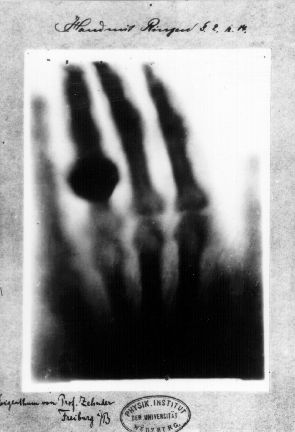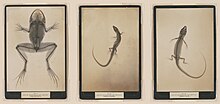Something is wrong with the paper of record.
The Republican candidate for president in what appears to be a very close race just said this.
Trump: But, eh, the transgender thing is incredible. Think of it, your kid goes to school and he comes home a few days later with an operation. The school decides what’s going to happen with your child. And you know many of these childs [sic] fifteen years later say, “What the hell happened? Who did this to me?”
Listen for yourself.
Trump says, "Your kid goes to school and comes home a few days late with an operation."
— Alex Cole (@acnewsitics) September 1, 2024
I'll give CashApp $1000 to anyone that shows proof of a middle school or high school that operated on a child and changed their gender.pic.twitter.com/McG4wakYTz
You would think that this would be newsworthy in terms of hate
and fear mongering, but even more so because it means the party's
nominee is either spreading outrageous lies or is delusional or both.
You would probably expect it to be the lede, but this is how the New
York Times account of the event in question opened:
Conservative Moms, Charmed by Trump, Would Rather Avoid His Misogyny by Shawn McCreesh
It didn’t look like a typical Trump rally.
There were trays of mini-cupcakes and macarons. There were squadrons of helicopter moms buzzed off white wine. The excited women were wandering around the basement of a Marriott in downtown Washington, waiting for former President Donald J. Trump to show.
It was the Joyful Warriors summit thrown by a bunch of agitated parents known as the Moms for Liberty, a conservative activist group that was founded during the Covid pandemic. The group, which has more than 130,000 members across the country, has become quite influential in Republican politics.
[Brief side note: Moms for Liberty has been labeled an extremist anti-government group by the Southern Poverty Law Center. The group's homophobic agenda gained an added level of irony when one of the co-founders step down after news broke of multiple menage a trois's with her husband and another woman. McCreesh was so determined to downplay their extremism that the paper had to issue a correction. Not relevant for this post, but fun to know.]
It's worth noting that in its write-up of this event, NYT didn't even mention this unhinged, false rant. https://t.co/hXeHrafZSG
— Parker Molloy (@ParkerMolloy) September 2, 2024
The NYT didn't just bury the lede; it omitted it entirely. Sadly, most of the mainstream press followed suit, but the article in the paper record was one of the worst for its cutesy details and particularly aggressive sane-washing. The omission was even more bizarre given the amount of time the article spends reporting other comments that Trump made about transgender issues. What they reported on was certainly offensive, but nowhere near as bad as what they left out.
At least one New York Times opinion writer was willing to speak up about this (though you'll notice even Bouie, who is one of the paper's boldest and most independent voices, doesn't call out his employer by name). h/t LGM:
Once again @jbouie gives a fundamental lesson in journalism pic.twitter.com/bCA8xSII7F
— Jeff (Gutenberg Parenthesis) Jarvis (@jeffjarvis) September 2, 2024
And just to make the story even more perfect.
the nyt story was by Shawn McCreesh--former Maureen Dowd intern and new politics hire at the paper. Oozes hubris. Writing/reporting skills...not so muchhttps://t.co/7JLj3oEnrY
— Art Martin (@gartmartin9) September 2, 2024






